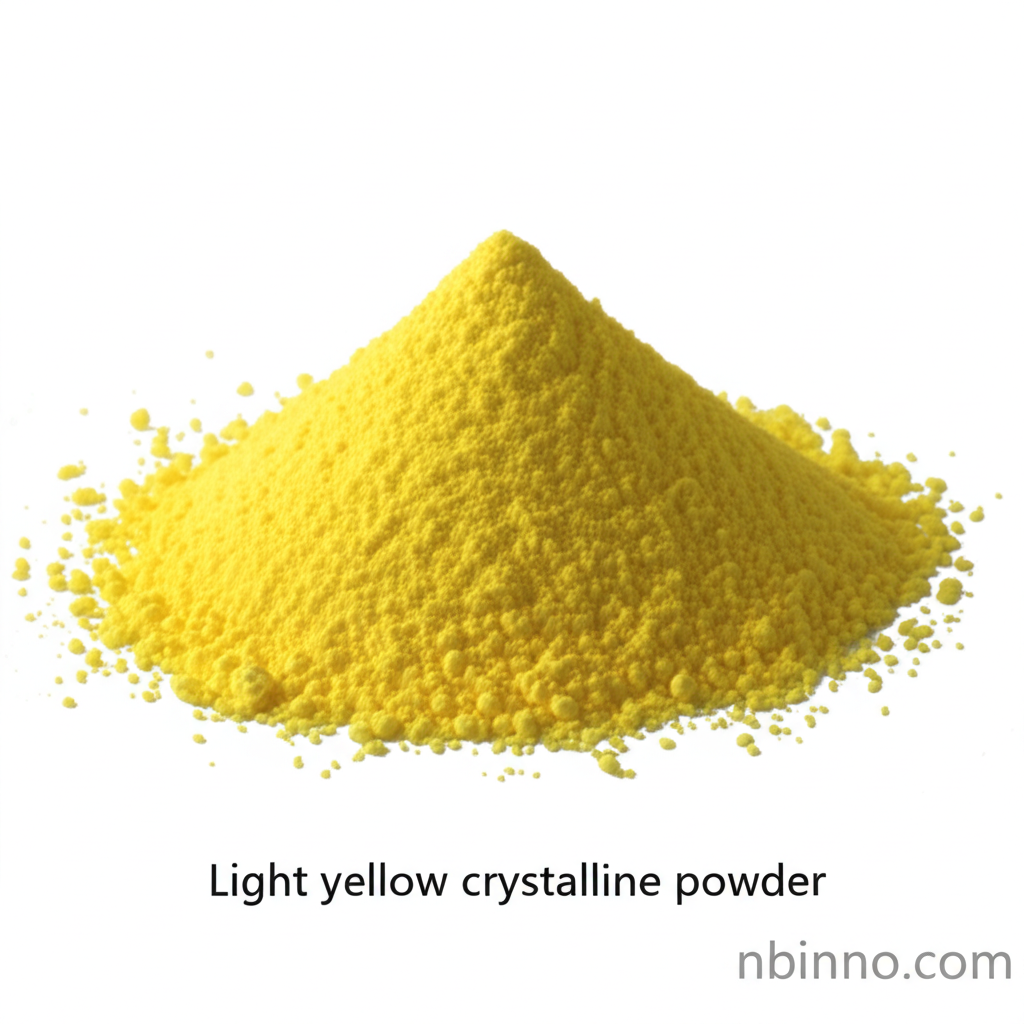5-Methyl-2-(4-methylphenyl)-2,4-dihydro-3H-pyrazol-3-one: A Versatile Chemical Intermediate
Explore the synthesis, properties, and applications of this vital compound in pigment production and organic chemistry.
Get a Quote & SampleProduct Core Value

5-Methyl-2-(4-methylphenyl)-2,4-dihydro-3H-pyrazol-3-one
This compound is a highly valuable intermediate in the realm of organic synthesis. Its primary utility lies in its role as a coupling component for the production of vibrant pigments, notably C.I. Pigment Orange 34 and C.I. Pigment Red 37. With a purity typically exceeding 99.0%, it ensures high-quality output in downstream applications.
- Discover the key applications of 5-methyl-2-(4-methylphenyl)-2,4-dihydro-3h-pyrazol-3-one in the pigment industry, enabling the creation of brilliant colors.
- Understand the synthesis of 5-methyl-2-(4-methylphenyl)-2,4-dihydro-3h-pyrazol-3-one through various advanced chemical processes.
- Explore the essential chemical properties of CAS 86-92-0, including its physical state and purity, crucial for industrial use.
- Leverage this compound as a reliable organic synthesis intermediate for a wide range of chemical manufacturing processes.
Key Advantages
High Purity and Consistency
Benefit from the guaranteed high purity (≥99.0%) of this chemical intermediate, ensuring predictable and superior results in your manufacturing processes, a key aspect of finding reliable chemical intermediates.
Versatile Pigment Precursor
Utilize this compound as a crucial coupling component, directly contributing to the production of high-performance pigments like C.I. Pigment Orange 34 and C.I. Pigment Red 37, highlighting its role as a vital pigment intermediate.
Enabling Organic Synthesis
This pyrazolone derivative is indispensable for various complex organic synthesis pathways, providing a foundational element for creating advanced chemical structures and products.
Key Applications
Pigment Manufacturing
As a key coupling component, it is instrumental in the synthesis of high-performance organic pigments, contributing to the vibrant colors used across industries, showcasing its value as a pigment intermediate.
Organic Synthesis
Its well-defined chemical structure makes it a versatile building block for various complex organic molecules, essential for research and development in creating new materials and compounds, a core aspect of organic synthesis.
Chemical Research
Researchers utilize this compound to explore novel chemical reactions and develop new synthetic methodologies, making it a subject of interest in advancing chemical research and innovation.
Specialty Chemicals
It serves as an intermediate in the production of other specialty chemicals, demonstrating its broad utility beyond direct pigment applications, underscoring its role as a versatile chemical intermediate.
